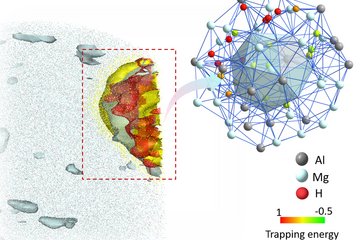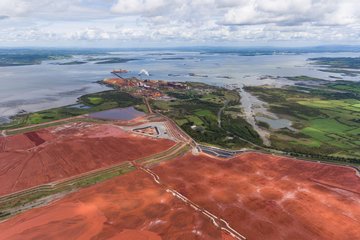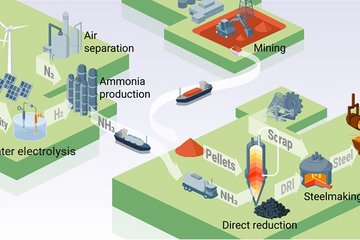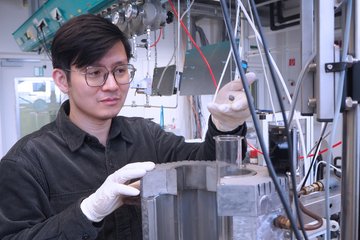Alle Typen
21.
Zeitschriftenartikel
Small droplets on superhydrophobic substrates. Physical Review E 81, 051606 (14pp) (2010)
22.
Zeitschriftenartikel
Second-order convergence of the deviatoric stress tensor in the standard Bhatnagar-Gross-Krook lattice Boltzmann method. Physical Review E 82 (025701) (2010)
23.
Zeitschriftenartikel
Effect of aspect ratio on transverse diffusive broadening: A lattice Boltzmann study. Physical Review E 80 (1), S. 016304-1 - 016304-9 (2009)
24.
Zeitschriftenartikel
Shear stress in lattice Boltzmann simulations. Physical Review E 79 (4), S. 046704-1 - 046704-14 (2009)
25.
Zeitschriftenartikel
Transverse diffusive mixing of solutes in pressure driven microchannels: A Lattice Boltzmann study of the scaling laws. La Houille Blanche, International Water Journal 6, S. 93 - 100 (2009)
26.
Zeitschriftenartikel
Fall and rise of small droplets on rough hydrophobic substrates. Europhysics Letters 88 (26002), S. 26002-p1 - 26002-p6 (2009)
27.
Zeitschriftenartikel
Profile blunting and flow blockage in a yield-stress fluid: A molecular dynamics study. Physical Review E 77, 011504 (2008)
28.
Zeitschriftenartikel
Wetting gradient induced separation of emulsions: A combined experimental and lattice Boltzmann computer simulation study. Physics of Fluids 20, S. 072104-1 - 072104-14 (2008)
29.
Zeitschriftenartikel
Roughness-induced flow instability: A Lattice Boltzmann study. Journal of Fluid Mechanics 573, S. 191 - 209 (2007)
30.
Zeitschriftenartikel
Chaotic flows in microchannels: A lattice Boltzmann study. Molecular Simulation 33 (7), S. 583 - 587 (2007)
31.
Zeitschriftenartikel
Structural relaxation and rheological response of a driven amorphous system. Journal of Chemical Physics 125 (164514) (2006)
32.
Zeitschriftenartikel
Yield stress discontinuity in a simple glass. Physical Review B 73, 174209 (2006)
33.
Zeitschriftenartikel
Scaling effects in microscale fluid flows at rough solid surfaces. Modeling and Simulation in Materials Science and Engineering 14, S. 857 - 873 (2006)
34.
Zeitschriftenartikel
Computer simulations of supercooled polymer melts in the bulk and in confined geometry. Journal of Physics: Condensed Matter 17 (32), S. R851 - R953 (2005)
35.
Zeitschriftenartikel
Dynamic yield stresses of glasses: Asymptotic formulae. Special Issue SI NOV 16 2005, S. S3625 - S3630 (2005)
36.
Zeitschriftenartikel
A study of the static yield stress in a binary Lennard-Jones glass. The Journal of Chemical Physics 120 (6), S. 2788 - 2801 (2004)
37.
Zeitschriftenartikel
Molecular Dynamics Simulations. Journal of Physics: Condensed Matter 16 (S429) (2004)
38.
Zeitschriftenartikel
Computer Simulations of Polymers close to Solid Interfaces: Some Selected Topics. Special Issue of Interface Science: Polymers at Interfaces 11, S. 159 - 173 (2003)
39.
Zeitschriftenartikel
Confinement effects on the slow dynamics of a supercooled polymer melt: Rouse modes and the incoherent scattering function. European Physical Journal E 12 (167) (2003)
40.
Zeitschriftenartikel
Shear localization in a model glass. Physical Review Letters 90 (095702) (2003)











